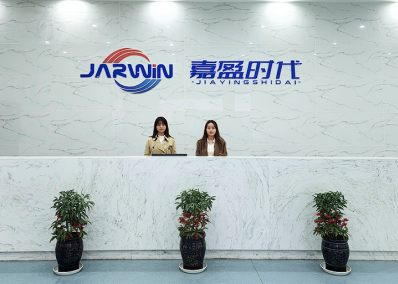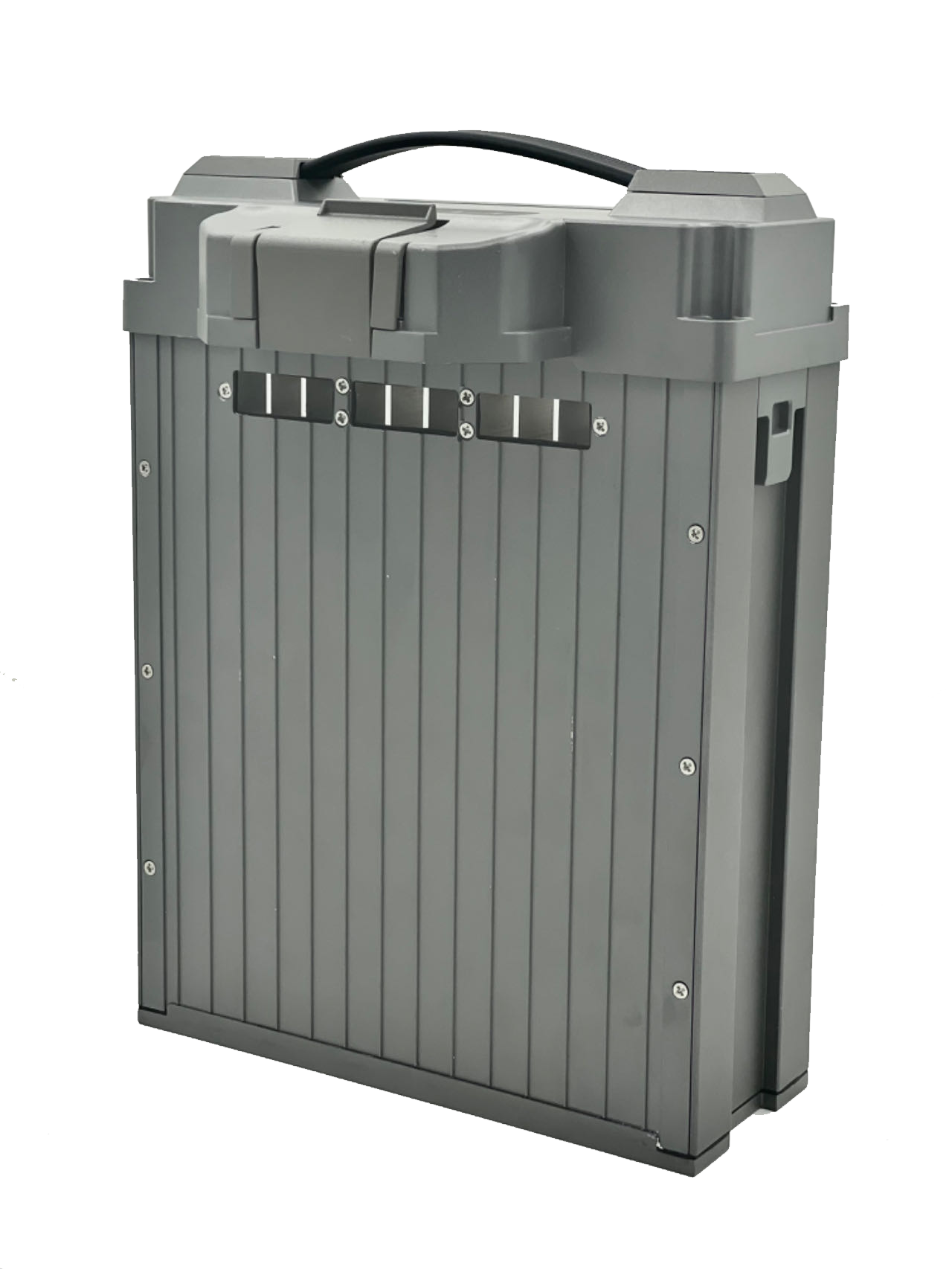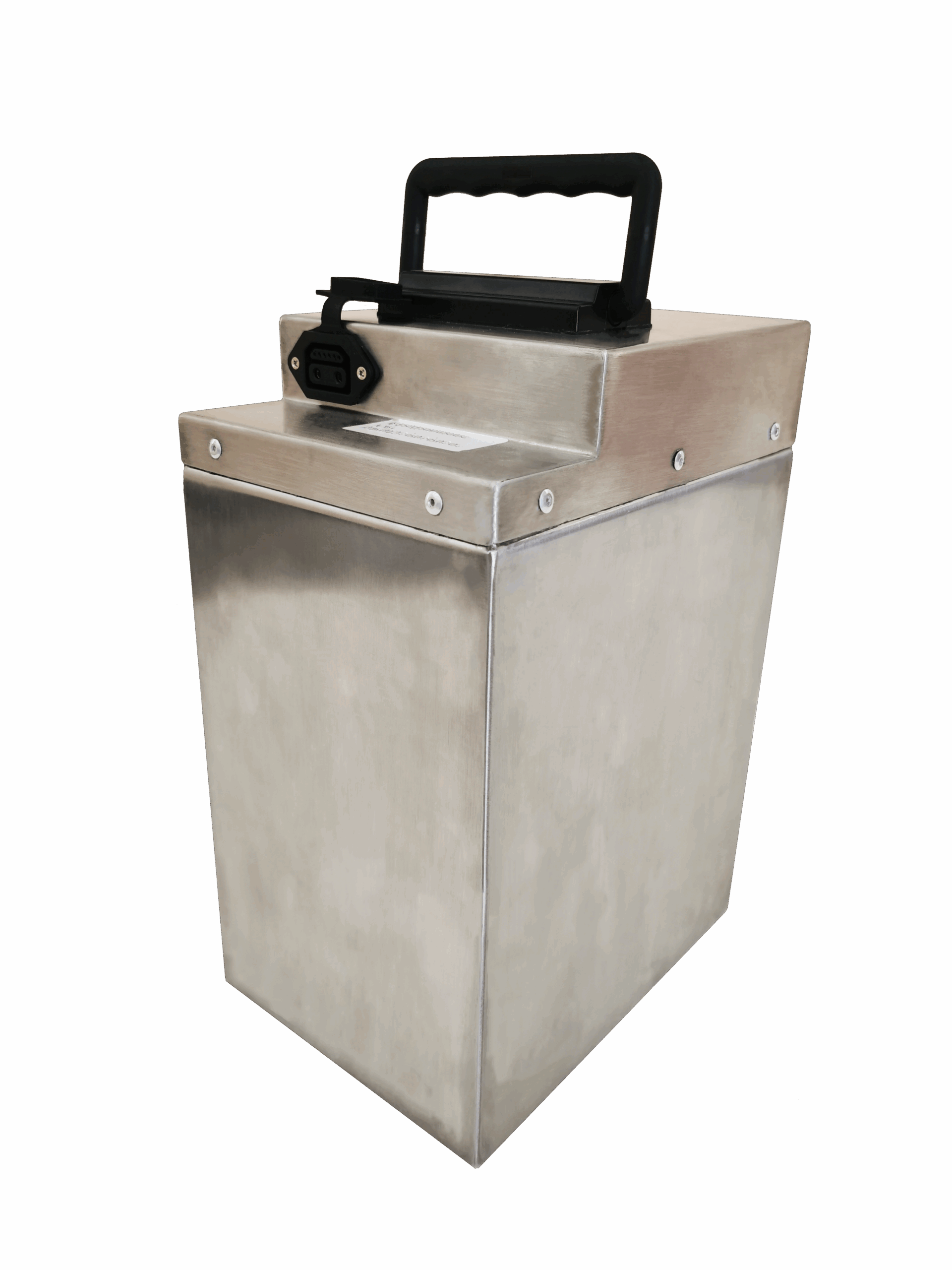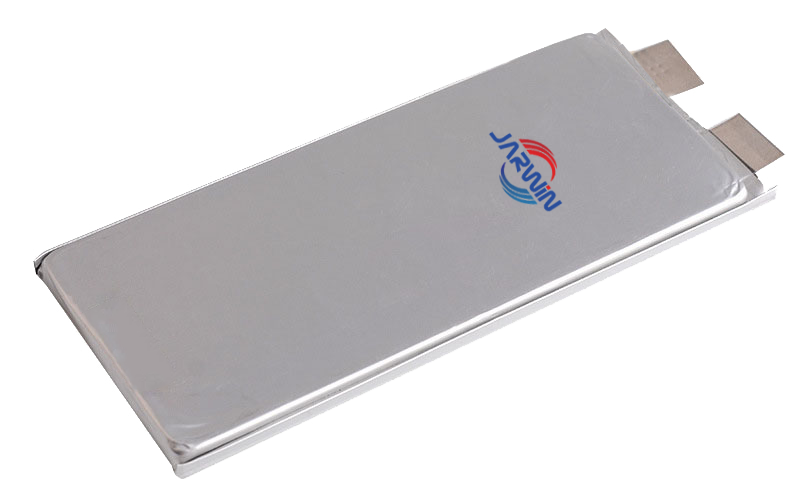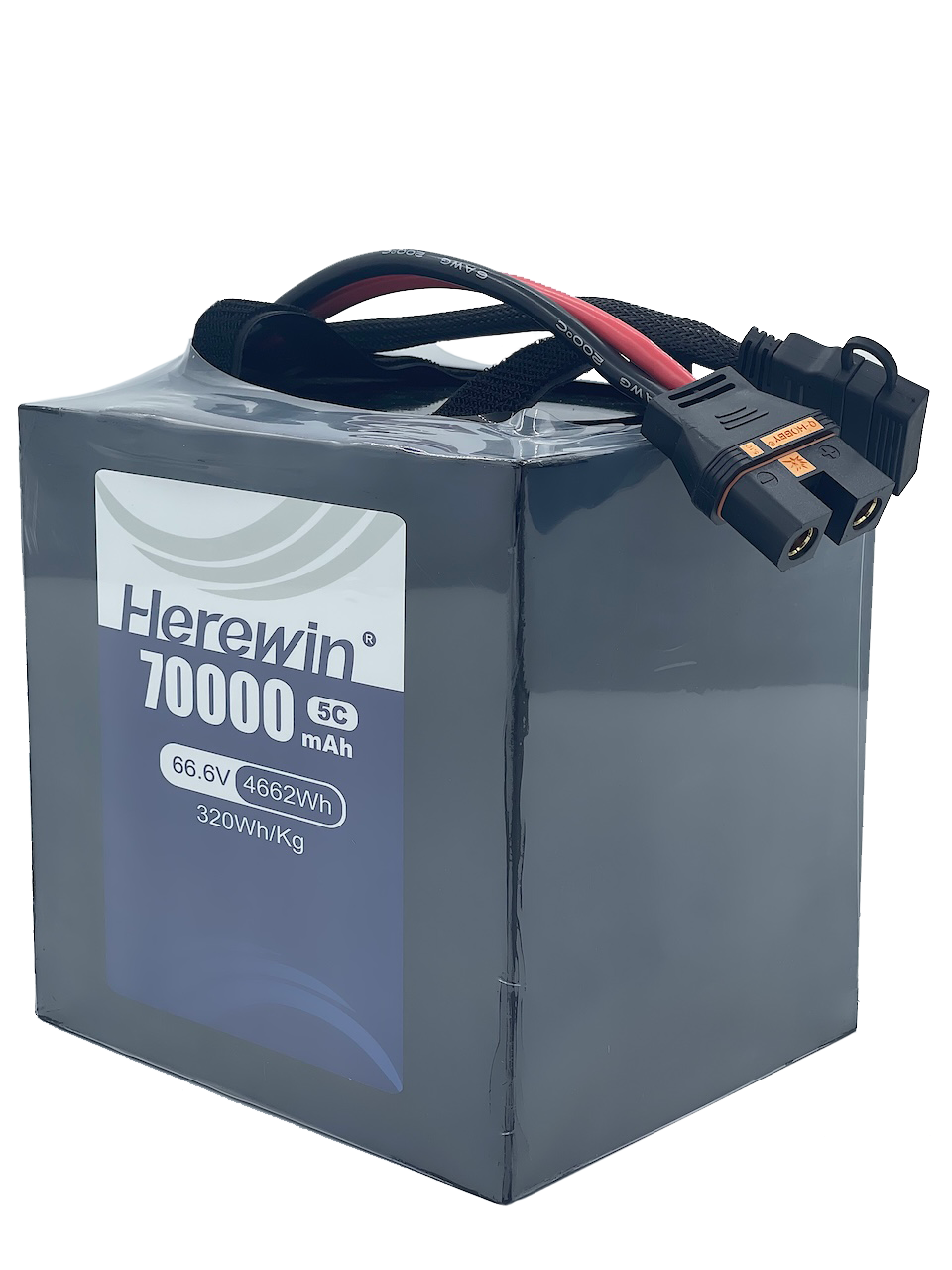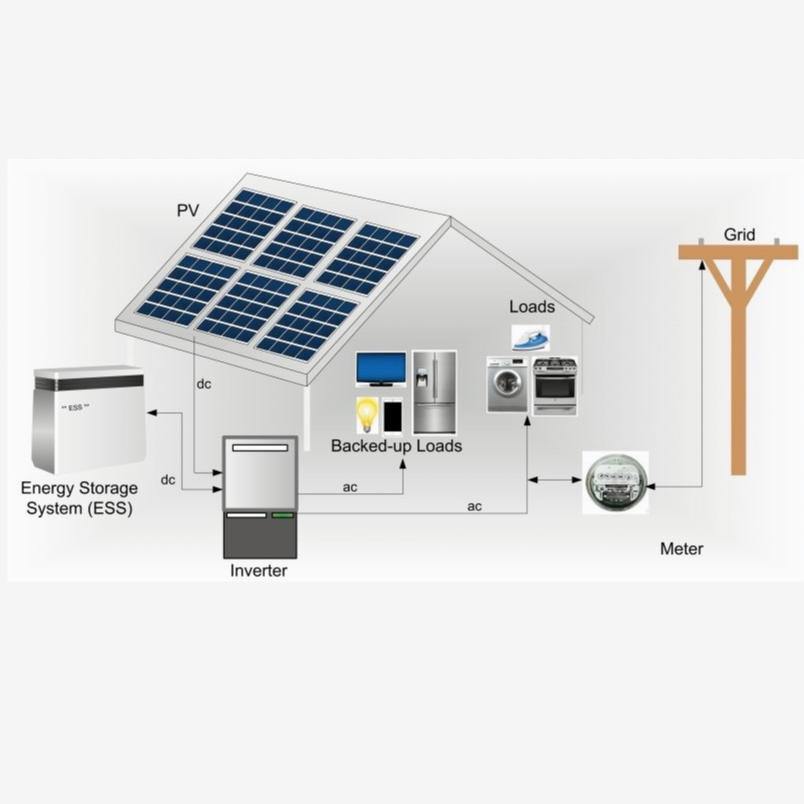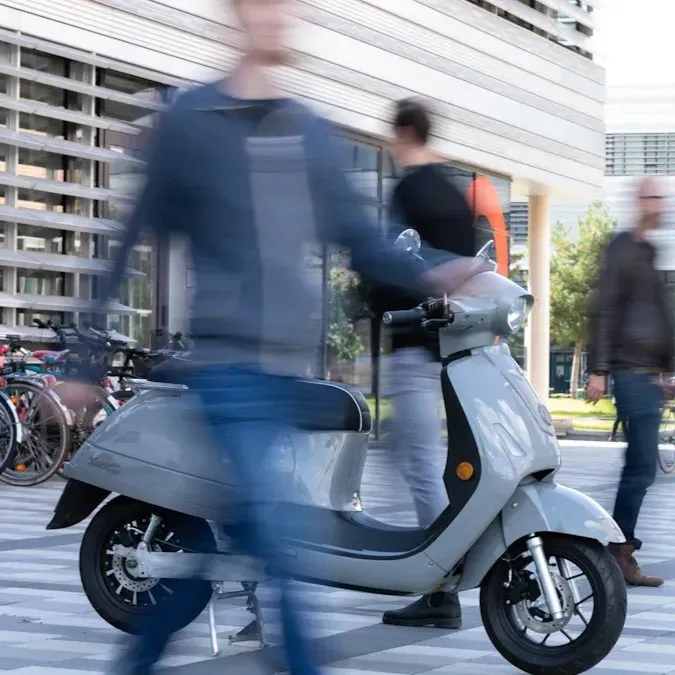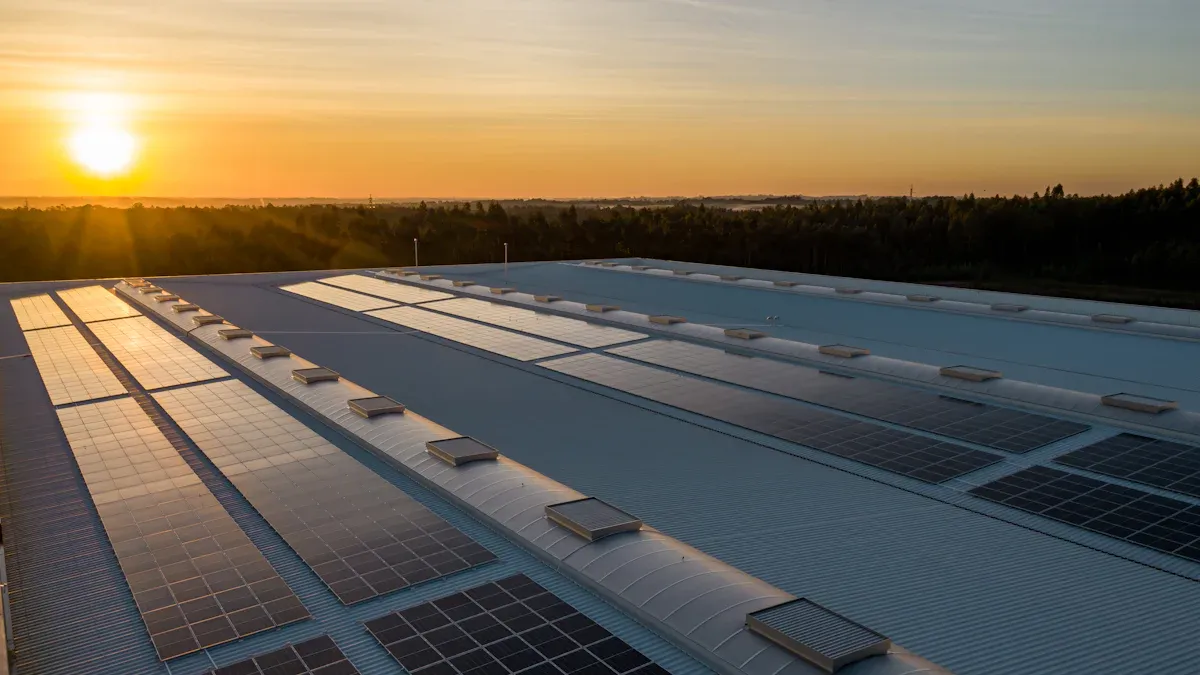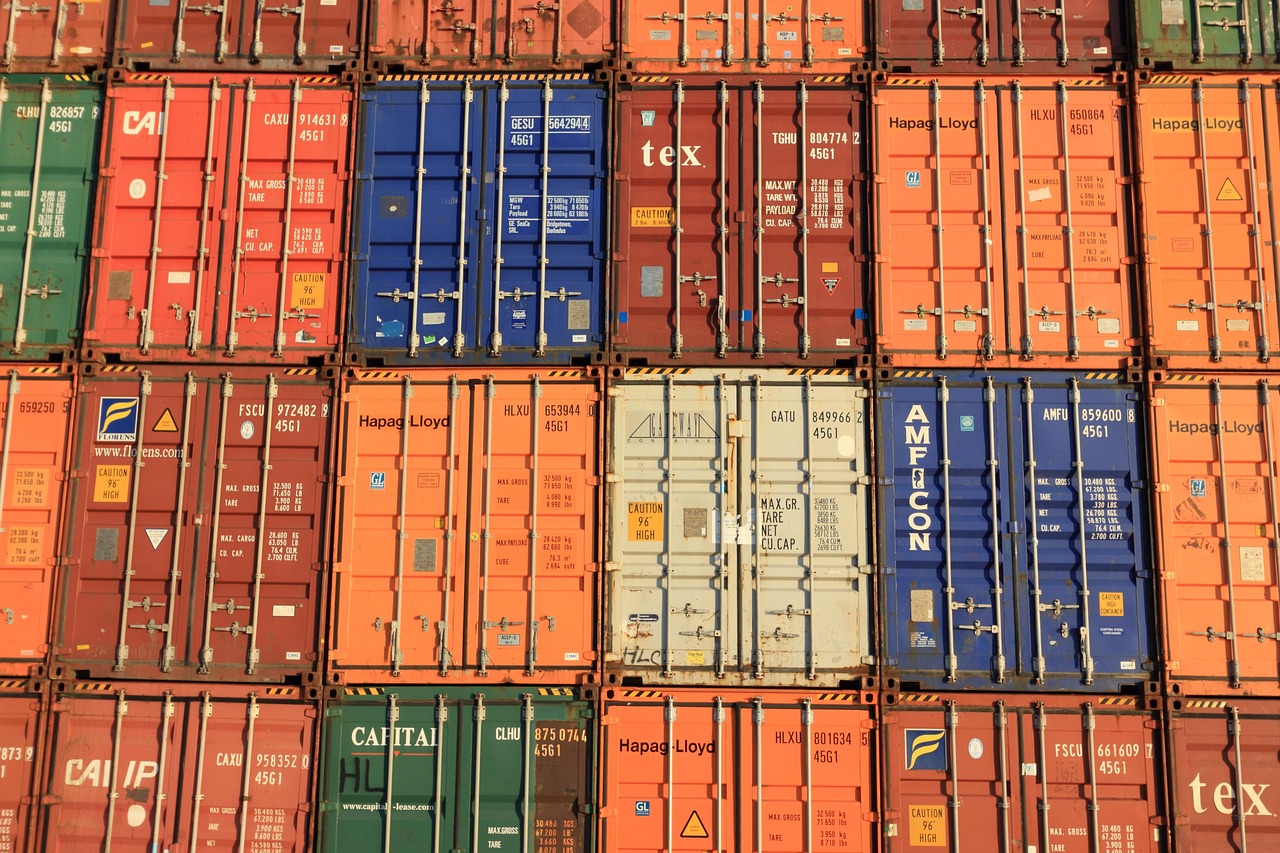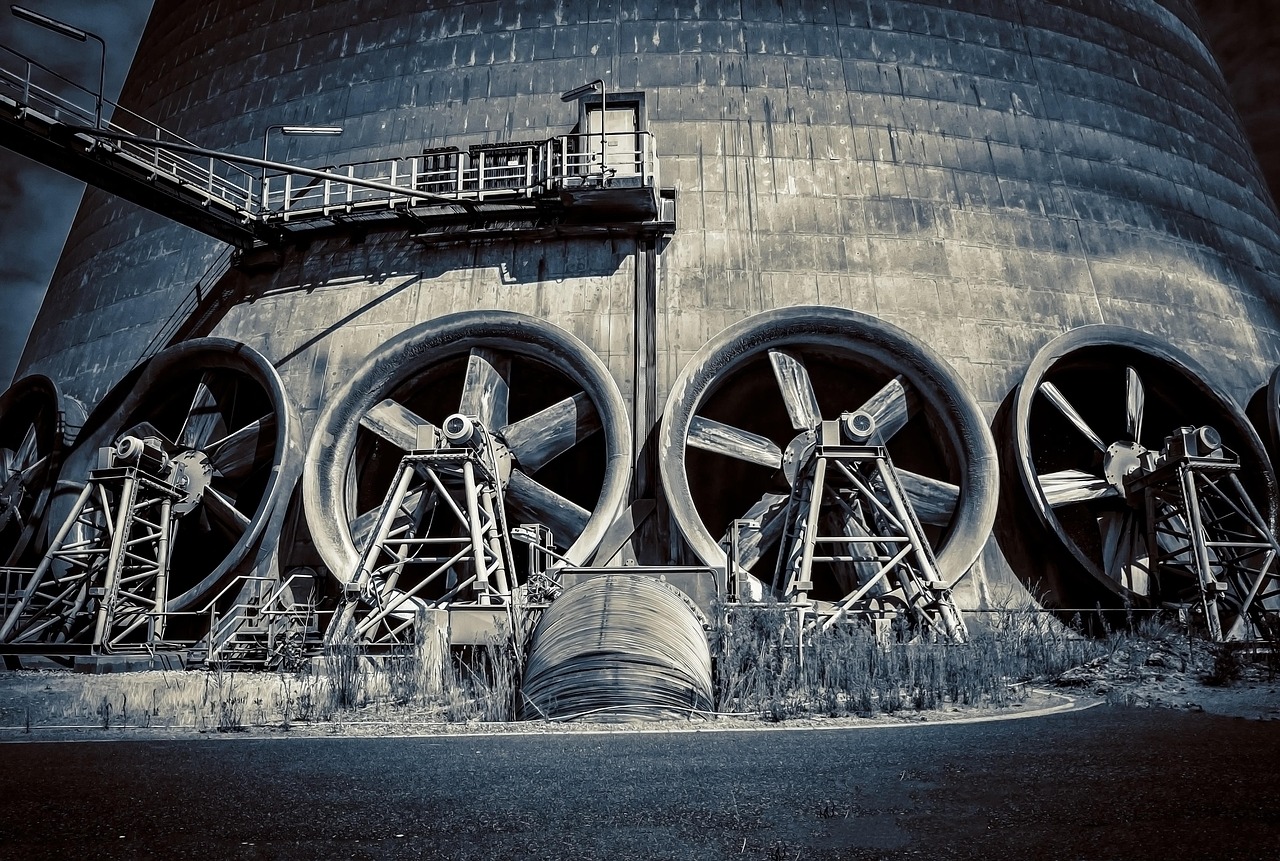
The electric grid demands substantial energy storage, specifically gigawatt-hours (GWh) of capacity, to effectively integrate new energy sources. The grid storage market is poised for significant expansion due to the increasing adoption of batteries with renewable energy and ongoing grid modernization efforts. India, for instance, is projected to require 2,416 GWh of energy storage by 2032, with 15% allocated to grid applications. Semi-solid energy storage systems (ESS) represent a crucial stepping stone in the transition from traditional liquid to all-solid-state batteries. Its technical essence lies in the innovative system primarily composed of a solid-state electrolyte (90%-95%) supplemented by a small amount of liquid electrolyte (5%-10%). By De-risking Gigawatt-Hours projects financially, semi-solid ESS facilitates the realization of ambitious energy initiatives. Furthermore, its enhanced safety, extended lifespan, and reduced costs provide significant regulatory advantages, enabling easier adherence to stringent grid regulations and environmental standards.
Principales conclusiones
Enhanced technical safety and performance data effectively mitigate financial de-risking challenges and boost GWh project bankability.
The superior safety profile directly lowers the risk of thermal runaway, resulting in reduced underwriting risk and insurance premiums.
Extended cycle life minimizes maintenance and replacement frequency, leading to a significant reduction in Total Cost of Ownership (TCO).
High energy density substantially reduces the required physical footprint, optimizing land usage and civil construction costs.
Proven safety and sustainability simplify adherence to stringent grid regulations and environmental standards, accelerating project approval.
De-risking Gigawatt-Hours: The GWh Storage Challenge

GWh Storage Risks and Limitations
Gigawatt-hour (GWh) energy storage projects face significant challenges across financial, operational, and technical domains.
Financial and Operational Risks
Financial risks stem from the use of newer technologies, which often lack the long-term operational data required by financiers. Lenders rigorously vet battery degradation rates and safety records, requiring strong guarantees and warranties from credible partners. Construction risks are complicated by fragmented work scopes common in storage projects, demanding greater lender diligence. Supply chain volatility in key battery materials and fluctuating costs necessitate adequate capital buffers against overruns.
Operational risks require clarity on system limits and maintenance costs. Lenders demand robust maintenance agreements with skilled operators and control over system software and intellectual property. Cash flow risks are elevated because energy storage often relies on volatile market revenues rather than long-term PPAs, mandating deep market studies and stringent cash sweep mechanisms.
Technical Limitations and New Technology Hurdles
High initial CapEx hinders the adoption of many long-duration storage technologies. Locational constraints limit systems like Pumped Hydro. Temperature sensitivity is a universal battery issue, affecting life and performance. Supply chain bottlenecks involving materials like lithium and vanadium pose a threat to mass adoption. Furthermore, anodes like Silicon-Carbon require precise control (5%-10% silicon) to prevent massive volume expansion that destroys the SEI film.
The semi-solid technology holds immense potential, but it still faces specific technical and commercialization difficulties.First and foremost, maintaining interfacial stability between the electrolyte and high-capacity materials is a major, ongoing technical challenge. Furthermore, in terms of commercial deployment, the technology confronts hurdles in manufacturing scalability and is characterized by a high initial Capital Expenditure (CapEx). Additionally, for safety reasons, rigorous and specialized end-of-life recycling protocols must be established because toxic gases can potentially be produced during the recycling process, which inevitably increases compliance complexity and risk management difficulty.
The Imperative for De-risking GWh Investments
De-risking GWh investments is paramount to accelerating the clean energy transition. Funders must align investment with clear, long-term goals (e.g., powering factories). Public capital plays a vital role, often pairing with private funding to support specific projects. Information transparency—sharing clear goals and financial targets—is crucial for attracting large investors.
Long-term growth strategies involve designing projects that are profitable and self-sustaining, aligning with broader regulatory frameworks. Financial de-risking leverages tools like loans, revolving funds, and public sector risk-sharing (e.g., guarantees) to make riskier projects attractive to private capital. Policy de-risking strengthens regulations for clean power, while tools like tranche structures split investment by risk/reward profile.
Critically, to deploy these financial structures at scale and minimize project risk, they must be aligned with a proven, next-generation technology solution.
Semi-Solid ESS: Financial De-risking Gigawatt-Hours Projects
Semi-solid energy storage systems (ESS) help make Gigawatt-Hours projects safer. This tech fixes money problems. These problems often come with big energy storage. Technology from leading semi-solid battery suppliers utilizing High-Nickel Ternary cathode materials and a Silicon-Carbon anode has achieved a significant energy density jump, reaching 300–400 Wh/kg. It is also very safe. It resists heat issues. It also resists pinpoint damage. It lasts a long time. It has over 800 cycles. These things save money. They make Gigawatt-Hours projects look better. Investors like them more. They are easier to fund.
Enhanced Safety, Optimized Insurance Costs
Semi-solid ESS exhibits superior safety characteristics compared to conventional liquid lithium-ion batteries. In this hybrid solid-liquid architecture, the liquid electrolyte content is dramatically reduced to only 5%-10%, fundamentally increasing the system’s safety margin. In extreme abuse scenarios, such as nail penetration and overcharging, the temperature rise rate of semi-solid batteries is reduced by 60% compared to traditional liquid lithium batteries, representing a qualitative leap in safety performance. For GWh-scale projects, mitigating the risk of thermal runaway directly translates into lower underwriting risk and, consequently, reduced insurance premiums for large facilities. This intrinsic safety advantage not only results in financial savings for investors and developers but also minimizes operational concerns for critical power systems, positioning semi-solid ESS as a more risk-controlled investment vehicle.
Longer Life, Lower Total Cost
Semi-solid batteries last a long time. For cost-sensitive GWh storage projects utilizing the Upgraded Lithium Iron Phosphate (LFP) route, the robust design often achieves a cycle life exceeding 6,000 cycles. Conversely, high-energy density cells (like manganese-rich systems) may target 1,200 cycles. This long, reliable lifespan significantly lowers the total cost for Gigawatt-Hours projects. Projects need fewer new batteries over their life. This means less money spent later. It is for upgrades. Less upkeep also saves money. This is for daily costs. A system that lasts longer gives steady money back. It makes big energy storage better. It is better for the economy.
High Energy Density Enables Site Intensification
High energy density is a critical metric for the economic viability of GWh storage projects. Industry trends indicate that semi-solid cells, especially those prioritizing high-capacity High-Nickel Ternary materials, typically achieve energy densities ranging from 300–360 Wh/kg, with select leading technologies reaching 300–450 Wh/kg. This technological leap directly translates into superior spatial efficiency. For instance, leading provider systems can reduce container space requirements by 15% while simultaneously achieving a 20% increase in energy per unit area, leveraging Cell-to-Pack (CTP) and advanced thermal management designs. This high integration capability allows large-scale storage deployments to minimize land usage and optimize civil construction expenditure. For example, in highly optimized systems from leading providers, a standard 20-ft container can integrate up to 8.3 MWh of capacity, which is particularly beneficial for space-constrained urban or data center deployments.
Strong Supply Chain, Stable Costs
Semi-solid technology can make supplies stronger. It may need fewer risky materials. It may need simpler making steps. This is compared to liquid systems. This helps keep costs steady. This is over a project’s life. Predictable material costs help. Predictable making steps help too. This makes money planning better. This is for Gigawatt-Hours projects. It lowers risks from market changes. This steady cost is key. It is key for long-term power projects.
Semi-Solid ESS: Regulatory Advantages
Semi-solid Energy Storage Systems (ESS) demonstrate significant regulatory advantages in complying with stringent grid regulations and environmental standards, owing to their intrinsic safety, reliable performance, and systemic design benefits.
Meeting Safety Standards and Codes
The core advantage of semi-solid ESS lies in its inherent safety. This hybrid solid-liquid architecture fundamentally increases the system’s safety margin by dramatically reducing the content of flammable liquid electrolyte to only 5%-10%. This intrinsic safety lowers the risk of fire and thermal runaway, making it easier to comply with stringent building codes and safety standards, thereby simplifying the project approval process.
Power solutions from leading providers accelerate project approval by integrating multiple security features:
Smart Thermal Control: Effectively prevents system overheating.
Modular Design: Facilitates system inspection, maintenance, and repair, ensuring long-term compliance.
Multi-layer Security: For instance, three fire layers and AI systems provide continuous monitoring to early-identify and mitigate potential issues.
These advanced safety measures not only help meet current safety standards but also allow for easy compliance with the industry’s future demand for clear safety rules.
Environmental Compliance, Sustainability
Semi-solid ESS helps projects achieve environmental goals and meet increasingly stringent green regulatory requirements. Energy storage projects are subject to strict environmental impact reviews, with regulators demanding specific environmental metrics, including:
Pollution emissions
Waste management plans
Plans for water (using less, cleaning, catching rain)
Environmental certifications like ISO 14001
Sharing goals for waste reduction, renewable energy, and clean water
Semi-solid ESS assists projects in addressing these environmental requirements. The technology’s extended lifespan minimizes maintenance and replacement frequency, significantly reducing the overall battery waste generated over time. Furthermore, its high operational efficiency promotes the greater utilization of green energy, thereby leading to reduced carbon emissions.
However, compliance must also address end-of-life risks: specialized recycling safety protocols are mandatory as contact with air or water can produce toxic, flammable gases, such as sulfides and HF.
This sustainability profile is well-aligned with key global regulations. For instance, Europe’s Battery Rule, which came out in 2023, assesses batteries across their entire lifecycle, covering material sourcing, manufacturing, use, and recycling. The long life and efficiency of semi-solid ESS fit these requirements, positioning it as a sound green choice for large-scale energy storage.
Grid Integration, Performance Reliability
Connecting to the grid well is key. This is for GWh storage projects. Semi-solid ESS works very well. This helps meet grid needs. The tech stores a lot of energy. This means power is sent out well. It lasts many years. This means it works well for a long time. Smart heat systems keep it at the right heat. This stops it from working poorly.
Herewinpower’s solutions have a modular design. This design lets them grow. It lets them fit into the grid easily. The systems charge and release power fast. They react quickly. These things are key for grid help. They help with power flow. They help with peak times. Rule makers want these things more and more. FERC Order No. 841 came out in 2018. It told grid groups to remove blocks. These blocks were for energy storage. This order wanted more market competition. Tech like semi-solid ESS works well. It is reliable. It gains from these rules. It can join power markets more easily.
Policy Support for Advanced Storage
Governments know advanced energy storage is important. They make rules and give help. This helps it get used. These rules make it good for semi-solid ESS. Here are some ways they help:
Federal Tax Credits: The U.S. ITC gives tax breaks. This is for putting in energy storage.
State and Local Rebates: Many places give money back. This is for buying and putting in energy storage.
Performance-Based Incentives (PBIs): These pay owners. They pay based on how well storage works.
Financing Options: Governments offer low-cost loans. They offer rental plans. They offer power deals.
Rules also help it get used. The ARRA gave a lot of money. This was for big energy storage projects. The Energy Act of 2007 made a committee. This group tells the Energy Department about U.S. storage goals. California Bill 2514 tells power companies to buy storage. Other states like Massachusetts do too. FERC Order No. 784 changed rules. It changed how storage is counted.
Places around the world support advanced storage. The U.S. leads North America. It invests more. It has strong rules. Europe needs it for green energy. It has helpful rules. Asia Pacific grows fast. It needs more energy. It wants a stable grid. China’s plan helps new storage tech. India’s plan sets long goals. Latin America also grows. It has new rules. Government money also helps. The IRA gave money for local plans. The Solar for All Program helps rural areas. Grants help put green energy in states. These rules together speed up new storage. They help semi-solid ESS get used.
Real-World Impact and Future Outlook
Semi-Solid ESS Deployments and Pilot Projects
Semi-solid ESS tech is now used. It moved from labs. These uses show it works. They show it can grow. The Longquan Energy Storage project is an example. It is in China. This project is a big step. It uses semi-solid-state for the grid.
Característica | Detail |
|---|---|
Project Name | Longquan Energy Storage project |
Location | Longquan, Zhejiang Province, China |
Status | Successfully connected to the grid on June 6 |
Initial Capacity | 100 MW/200 MWh |
Total Planned Capacity | 200 MW/400 MWh |
Technology | Upgraded Lithium Iron Phosphate (LFP) solid-liquid hybrid cells, a material route suitable for cost-sensitive energy storage scenarios |
Cell Supplier | WeLion |
Cell Energy Density | >165 Wh/kg |
Cell Cycle Life | >6,000 cycles |
Cell Operating Temperature | -20 to 60 degrees Celsius |
Significance | World’s first grid-scale semi-solid-state energy storage project |
This project proves semi-solid ESS works. It works for big grid use. Leading companies help. They are key to this progress. The supplier uses its research. It has big production power. The company makes 2GWh a year. It will make 4GWh. This shows semi-solid ESS is ready. It can meet world energy needs.
Accelerating Adoption and Policy Alignment
Pioneering projects like Longquan serve as crucial demonstrations. They accelerate the adoption of semi-solid ESS by providing key operational data that builds trust among investors and grid operators. As governments observe these successes, they are encouraged to enact supportive regulations and offer financial incentives, thereby facilitating the deployment of new storage capacity.
Technology growth and policy alignment work together to create a virtuous cycle. As more semi-solid ESS projects are commissioned, their distinct advantages—including enhanced safety, extended lifespan, and reduced costs—become unequivocally clear. This evidence guides regulators in formulating rules that favor this advanced technology, which is essential for transitioning toward a robust and green energy grid. The proven performance and growing regulatory support further solidify the viability of semi-solid ESS.
The Key to De-risking GWh Investments Semi-solid ESS is the definitive, risk-controlled technological solution required to meet the massive demand for GWh-scale storage. By fundamentally enhancing safety and performance, the technology achieves two critical outcomes: Financial De-risking, which significantly improves project bankability by lowering the Total Cost of Ownership (TCO), reducing insurance premiums, and simplifying lending processes; and Regulatory Advantage, as its intrinsic safety and robust compliance with stringent environmental standards secure faster project approvals and promote sustainable economic growth.
For further consultation or inquiries, please feel free to contact the Herewin Energy Storage Expert Team.
PREGUNTAS FRECUENTES
What is semi-solid ESS? How does it help GWh storage?
Semi-solid ESS mixes solid and liquid parts. This makes it safer. It stores more energy. It helps GWh storage. It is a better choice. It costs less for big energy needs.
How does semi-solid ESS make GWh projects safer for money?
Semi-solid ESS is safer. This means cheaper insurance. It lasts longer. This saves money over time. It stores much energy in small space. This also saves money for GWh projects.
What good rules does semi-solid ESS offer?
Semi-solid ESS is very safe. It does not catch fire easily. This makes following rules simple. It helps get permits faster. It also helps meet green goals. It supports clean energy.
Does semi-solid ESS last longer than old batteries?
Yes, semi-solid batteries last longer. Herewinpower’s batteries last over 800 cycles. They do not need to be changed often. This saves money for projects.
How does semi-solid ESS help the environment?
Semi-solid ESS lasts longer. This means less trash. It works well. This helps use more clean energy. It lowers bad gases. It makes energy greener.
Ver también
Securing Turkey’s Energy Future: High-Safety Storage Solutions for Transition
Optimizing RV Power: Strategic Lithium Capacity Planning from 200Ah to 600Ah
Unlocking Potential: Energy Storage Opportunities in Turkey’s Renewable Shift
Herewin’s Advanced Semi-Solid Batteries Powering Future Wearables and Portables
Solid-State Lithium Batteries: 2025 Research and Development Progress Report

